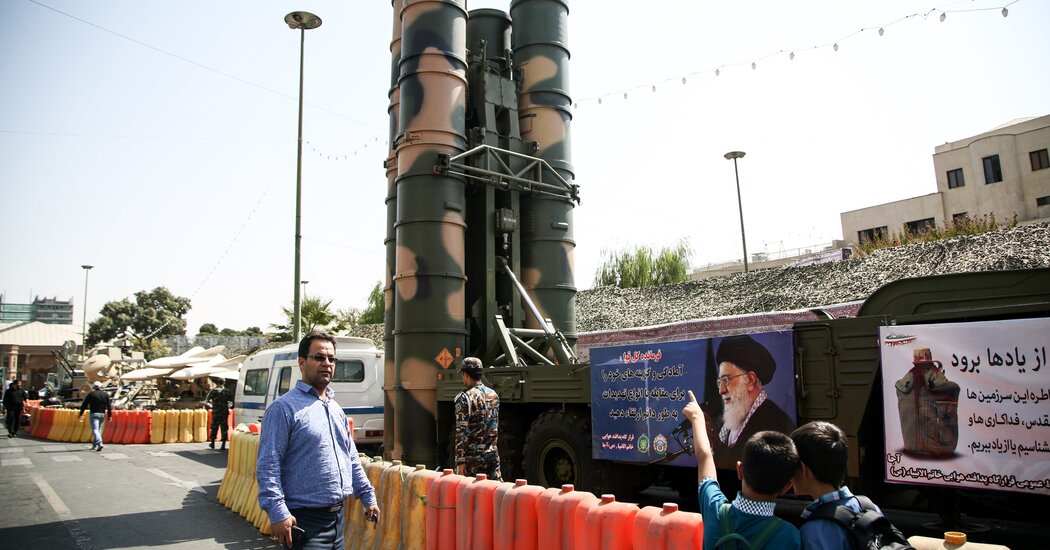
An Israeli airstrike against Iran on Friday damaged an air defense system, according to Western and Iranian officials, and appeared calculated to convey the message that Israel could bypass Iran's defense systems undetected and cripple them.
The attack damaged a defensive battery near Natanz, a city in central Iran that officials say is critical to the country's nuclear weapons program.
Although the Israeli strike was a retaliation for last week's Iranian air barrage, it used a fraction of the firepower deployed by Tehran. That attack, intercepted by Israel and its allies, caused minimal damage.
Friday's strike was the latest in a series of attacks between the two countries this month that have heightened fears of a broader regional conflict. The relatively limited scope of the Israeli attack and the modest response from Iranian officials, however, appear to have eased tensions.
The two Iranian officials said Friday's attack damaged an S-300 anti-aircraft system at a military base in nearby Isfahan province. The officials' account is supported by satellite images analyzed by The New York Times, which showed damage to the radar of an S-300 system at the 8th Shekari Air Base in Isfahan.
It is unclear what type of weapon hit the Iranian air defense system. Three Western and two Iranian officials confirmed on Friday that Israel had deployed aerial drones and at least one missile fired from a warplane. Previously, Iranian officials had said that the attack on the military base was conducted by small drones, most likely launched from inside Iranian territory.
One missile, two Western officials said, was launched from a warplane far from Israeli or Iranian airspace and included technology that allowed it to evade Iran's radar defenses. Neither the missile nor the plane that launched it entered Jordanian airspace, Western officials said, a gesture intended to keep the kingdom out of the conflict after it helped shoot down Iranian weapons last week.
The two Iranian officials said the Iranian military did not detect anything entering Iranian airspace on Friday, including drones, missiles and aircraft. Iran's state news agency IRNA reported that no missile attacks occurred and that Iran's air defense system was not activated.
Israel, the two Western officials said, had scrapped an earlier plan to return fire on Iran with a large-scale attack. That plan, they said, was replaced with a strike intended to send a subtle but decisive message aimed at ending the cycle of retaliation.
Israel's use of drones launched from inside Iran and a missile it was unable to detect, Western officials said, was intended to give Iran a taste of what a large-scale attack. The attack, they said, was timed to make Iran think twice before launching a direct attack on Israel in the future.
Officials from both Iran and Israel refrained from speaking publicly about Friday's attack, a move that appeared aimed at de-escalating a conflict that some fear could spiral into a broader regional war. Israel's silence on the attack, an Iranian official said, would allow Tehran to treat the attack as it has done with previous clandestine strikes in the countries' long shadow war and not prompt an immediate response.
Eric Schmitt contributed to the reporting.
